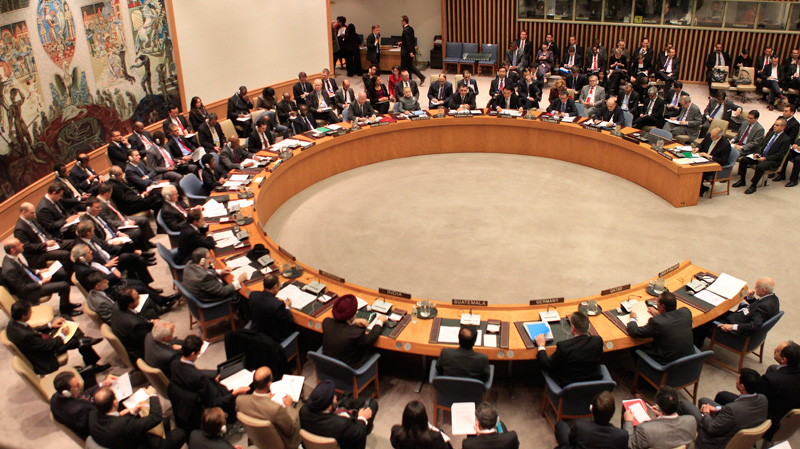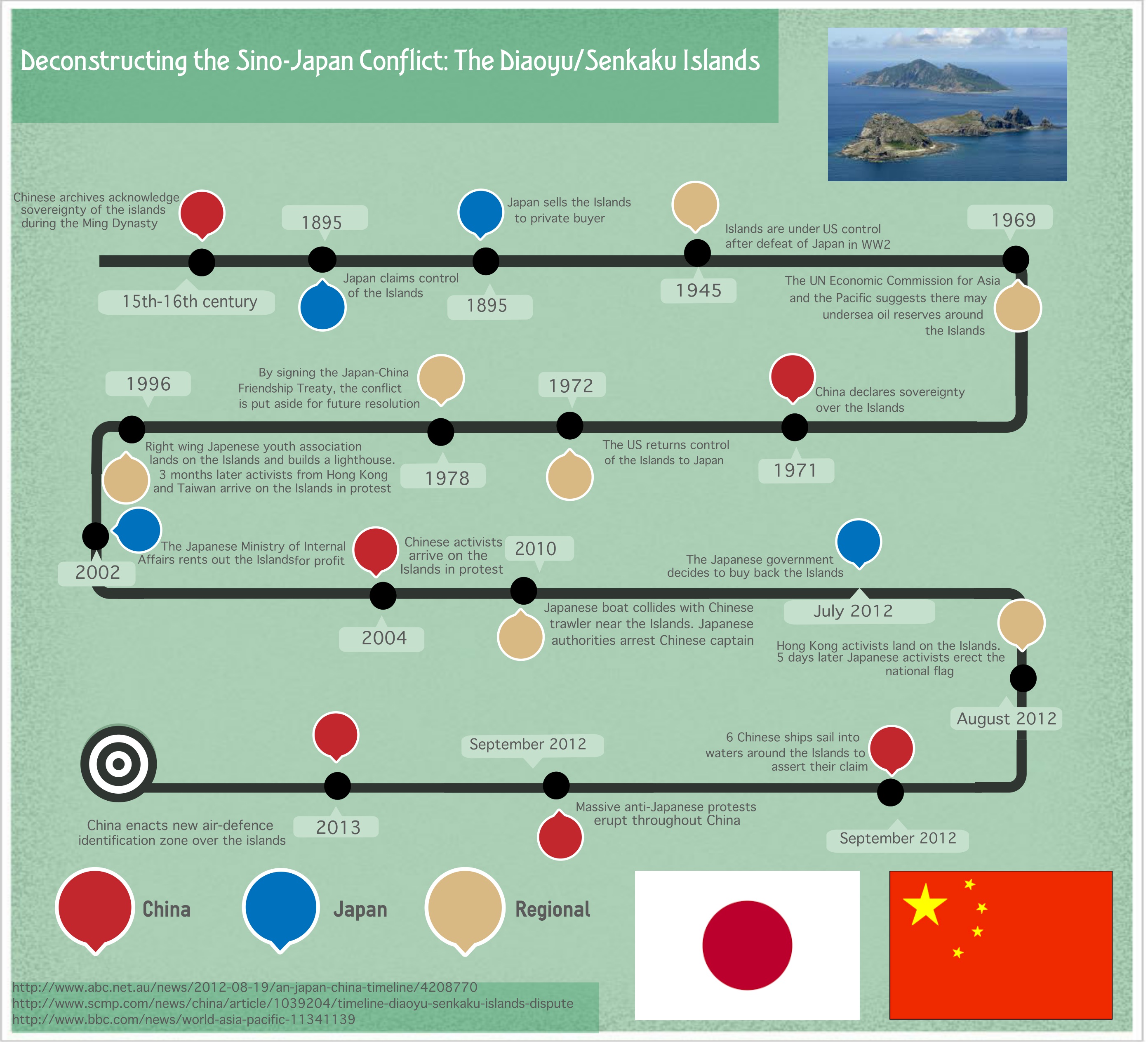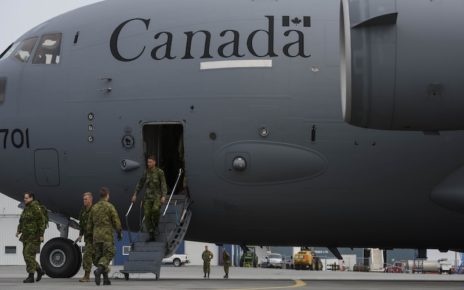How the international community can react to an alarming humanitarian situation might be an interesting academic exercise, but in practice has left much to be desired. International inaction has become an ever present facet of the conflict in Syria and is no more apparent than when privy to discussions at the United Nations Security Council. A deadlock within the international organization has been met with near universal condemnation at the Councils inability to agree leading to a continuation of the deteriorating humanitarian crisis.
The humanitarian situation in Syria is deteriorating at an alarming rate. High Commissioner for Human Rights Navi Pillay notes that an estimated 75,000 Syrian’s have lost their lives in combat since March 2011, when fighting began. And those are only the reported casualties.
At a recent Syrian Humanitarian Forum, Under-Secretary-General for Humanitarian Affairs and Emergency Relief Coordinator, Valerie Amos, echoed Ms. Pillay’s grim assessment. The stalemate that has plagued the Council, and the humanitarian and refugee catastrophes which have resulted continue unabated. With the situation in Syria upgrade to a Level 3, in UN-jargon is the most severe of humanitarian situations, there is little more that the international organization can do without Security Council approval. Unsurprisingly, the Syrian government has rejected the Level 3 assessment.
Both Amos and Pillay went on to reiterate the figures of displaced and killed Syrians as presented by an International Peace Institute briefing previously presented by the UN’s High Commissioner for Refugee’s and Regional Refugee Coordinator for Syria, Panos Moumtzis. Moumtzis called Syria “one of the more dangerous and complicated situations.’’ The population requiring aid assistance was also placed at a staggering 4 million, including 2.5 million internally displaced persons. The number of registered refugees is also place at one million; a rapidly rising figure.
With the political situation at a hopeless standstill, the international focus has shifted to the mounting humanitarian crisis. The Regional Refugee Response Plan aims to assist those outside of Syria and in the refugee camps of neighboring countries; Turkey, Jordan, Lebanon, and Iraq.
At a recent donor conference in Kuwait, $1.5 billion in aid was raised not only for those in Syria, but also for refugees. With the externally displaced, the situation is dire but the international community has the mandate and a response plan that involves working closely with host governments; which are in need of resources to counter the influx of refugees.
The issue is much more complicated when it comes to addressing the humanitarian situation inside Syria. Despite having an international reach, the UN operates through a member state driven system, wherein all States respect sovereignty and territorial integrity. Given this overarching system, the UN’s many humanitarian are also subject to these restrictions. UN Resolution 46/182, lays out how this policy functions, particularly in annexes 3 and 4. This has led to the conclusion that (UN High Commissioner for Human Rights) as per the mandate of the UN, must give aid funds to President Bashar al-Assad and his government to protect civilians in areas under government control.
Dubbed the Humanitarian Assistance Response Plan (HARP), the enclosed framework stipulates that, “all humanitarian assistance is, and will continue to be, delivered with full respect to the sovereignty of the Syrian Arab Republic during the implementation of the Response Plan.”
In a recent briefing, John Ging, Operations Director of Office for the Coordination for Human Affairs (OCHA), stated explicitly that the UN has highlighted 110 NGO’s that the international organization is willing to work with, can be trusted, and are working within government-controlled territory. The claim is that all aid will go through the UN’s own vigorous vetting process, as aid integrity has become a huge issue for donor confidence. With one issue dependent on the other, the aim is to avoid donor shortfall. How the funds would divert away from Assad and the domestic organizations staffed with cronies, has still not been answered.
The issue is not just with the Syrian government. A vetting process will also need to be developed once arrangements are made with rebel factions, who despite being recognized by various governments, do not posses a monopoly on violence or a robust hierarchical system. And while the UN and foreign governments can choose to work in territory under rebel control, there are several impediments to deploying in government territory. The UN cannot cross borders in the North (through Turkey) or to the east (through Lebanon), as Ms. Amos’ formal request to do so has been rebuked by Assad’s government. With the opposition divided and Assad still in power, funds must go to the internationally recognized government.
The conclusion remains that humanitarian responses have merely been a band-aid solution and that a political agreement to end fighting remains elusive. If one cannot be found, the violence, dead, and displaced will continue to dramatically increase. Pillay, Amos, Moumtzis and Ging have now been joined by Security Council members in exhibiting disgust and distress at the humanitarian situation. A political solution, unanimously extolled by all member states, seems a long shot. Even joint United Nations-Arab League Special Envoy Lakhdar Bramini is quietly admitting that this may not be possible.
Gus Constantinou is a commentator on UN matters in New York



